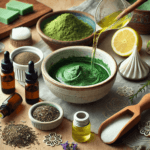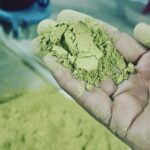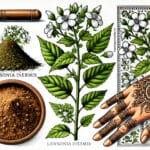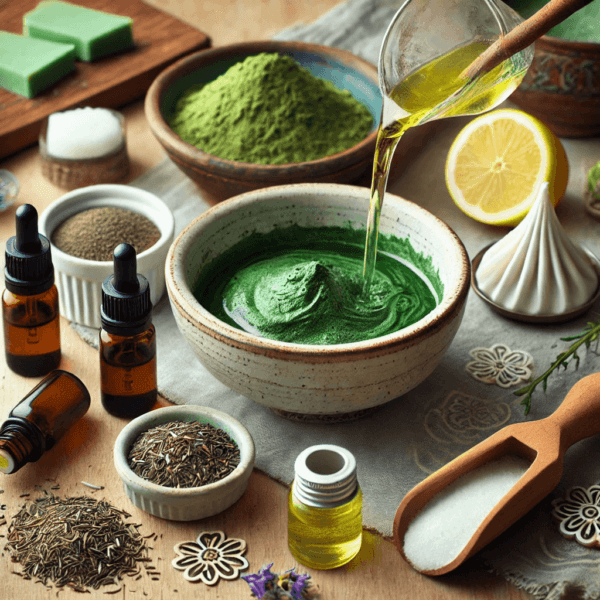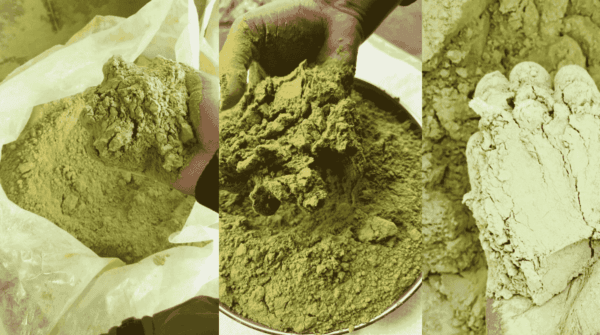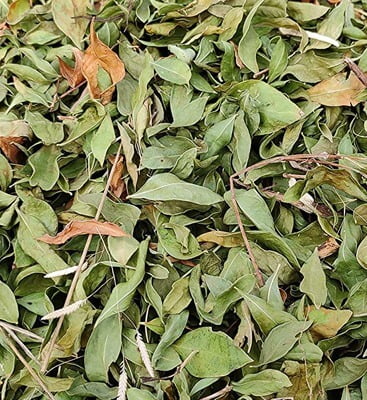What is Henna? An In-Depth Guide to the Ancient Art of Henna
Henna has been used for thousands of years across various cultures and regions for its vibrant color, natural properties, and deep cultural significance. Today, it remains popular in many parts of the world for everything from body art to hair dye. But what exactly is henna, and how is it made? Let’s explore the fascinating history, process, and production of this ancient natural dye.
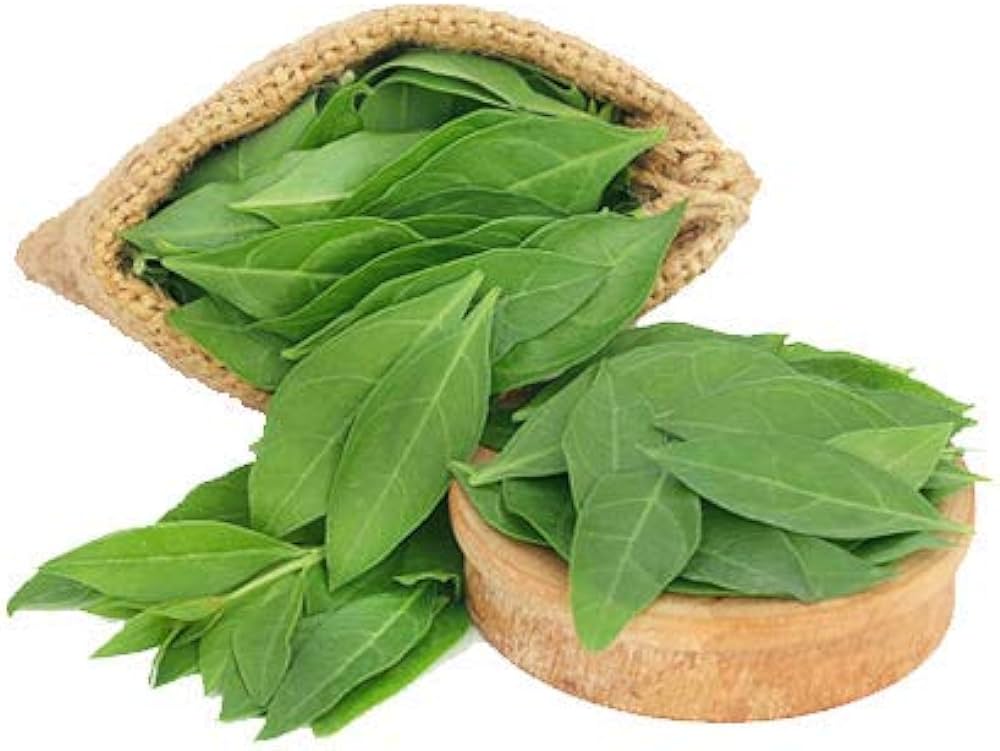
What is Henna?
Henna is a natural dye made from the leaves of the henna plant, scientifically known as Lawsonia inermis. The henna plant is a small flowering shrub native to regions of North Africa, the Middle East, and South Asia. When its leaves are harvested, dried, and crushed into a powder, they release a reddish-orange dye due to the active compound called lawsone.
This powder is then mixed with a liquid (often water, lemon juice, or tea) to form a paste that is used for body art, hair coloring, and even fabric dyeing. Henna’s properties make it a versatile dye that bonds well with keratin in skin and hair, leaving behind a lasting stain that can range from light orange to deep brown.
A Brief History of Henna
The use of henna dates back over 5,000 years, with its roots firmly established in ancient Egypt. Cleopatra, one of Egypt’s most famous queens, is said to have used mehndi to adorn her body. Mummified bodies found in tombs have also shown evidence of mehndi -stained nails, indicating its ceremonial use in ancient times.
From Egypt, henna use spread to various regions, including the Middle East, India, and Africa. It became a symbol of beauty, ritual, and spirituality. In many cultures, mehandi is associated with celebrations, especially weddings and religious ceremonies. For example, in India, brides traditionally adorn their hands and feet with intricate henna designs, known as mehndi, which symbolize joy, love, and prosperity. mehandi also plays a central role in Islamic and Jewish traditions, often marking important life events and festivals.
How Henna is Made
The process of producing mehandi is straightforward yet time-intensive, requiring careful cultivation and preparation. Below is a step-by-step guide to how henna is made:
1. Harvesting the Henna Leaves
Henna leaves are collected from the Lawsonia inermis plant when they are fully mature, typically during the flowering season. Only the leaves contain high concentrations of the dye-producing lawsone compound, making them the key ingredient in mehndi production.
2. Drying the Leaves
Once the leaves are harvested, they are spread out in the sun to dry. Proper drying is crucial, as it ensures that the leaves retain their dyeing properties. The leaves need to be fully dehydrated before they are processed to avoid mold or spoilage.
3. Grinding the Dried Leaves
After drying, the leaves are ground into a fine powder. Traditional methods often involve using a stone mill to ensure the powder is smooth and free from any large particles. This mehndi powder is what is used to create henna paste for body art and hair dye.
4. Mixing the Henna Paste
To create a usable paste, the powder is mixed with water, lemon juice, or another acidic liquid. This helps release the dye from the leaves and activates the lawsone compound. Essential oils such as eucalyptus or lavender are sometimes added to enhance the staining properties and improve the scent.
5. Application and Dyeing
Once the paste is prepared, it is applied to the skin, hair, or fabric. The paste needs to stay on the surface for several hours to allow the dye to bind properly. When used on the skin, the paste dries and cracks off, leaving a stain that lasts anywhere from one to three weeks, depending on the individual’s skin type and care routine.
Natural vs. Commercial Henna Production
There are two main types of henna available on the market today: natural henna and commercial henna. Understanding the difference is important, as not all mehandi products are created equal.
Natural Henna
Natural henna is produced using traditional methods and contains no synthetic additives. It consists solely of ground mehandi leaves and sometimes natural oils or lemon juice to form the paste. The color it produces ranges from orange to deep reddish-brown, depending on how long the paste is left on and the quality of the mehandi leaves.
Natural mehandi is safe for the skin and hair, making it the preferred option for those who want a pure and chemical-free experience. It is often labeled as “body art quality mehandi ” (BAQ), ensuring that it has been finely sifted and is suitable for intricate body designs.
Commercial Henna
Commercial henna products are often mixed with artificial dyes, chemicals, and preservatives to create different colors, such as “black mehndi ” or “instant henna.” These products may contain harmful ingredients like paraphenylenediamine (PPD), which can cause allergic reactions, burns, or permanent scarring on the skin.
It is important to be cautious when buying henna, as commercial products with additives are not only harmful but can also result in an unnatural stain. Always read labels and choose natural mehndi for the safest and most authentic experience.
Conclusion
Henna is a natural and ancient dye that has stood the test of time. From its roots in ancient Egypt to its modern-day use in body art and hair coloring, mehndi remains a beloved and versatile plant. Whether you are looking to adorn your skin with beautiful temporary designs or color your hair naturally, understanding the origins and production process of mehndi can help you appreciate this remarkable plant even more.
When selecting henna, always opt for natural mehndi to ensure a safe, vibrant, and authentic result. As you explore the world of mehndi , you’ll discover that it’s more than just a dye—it’s a cultural tradition steeped in history, art, and beauty.

